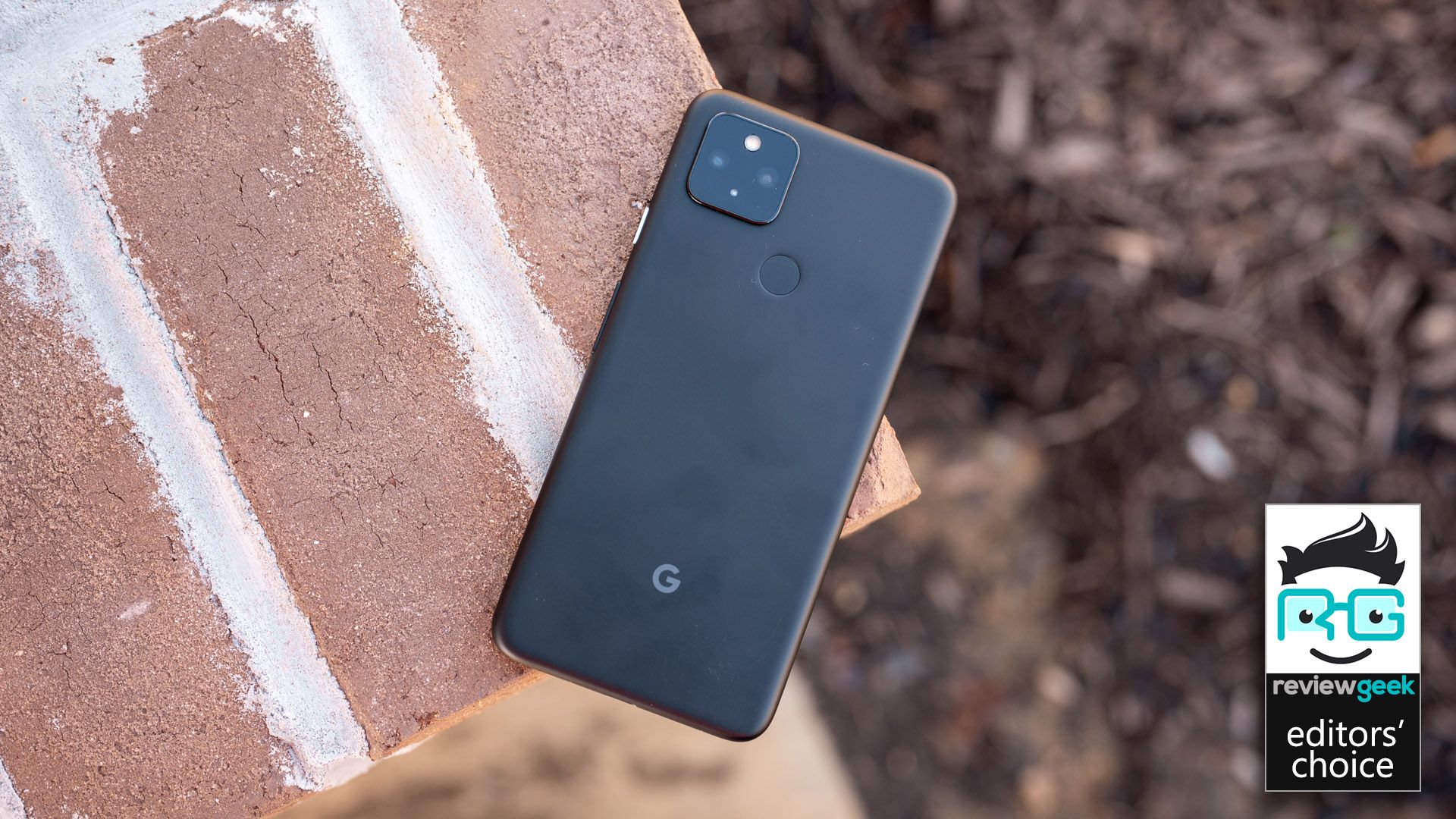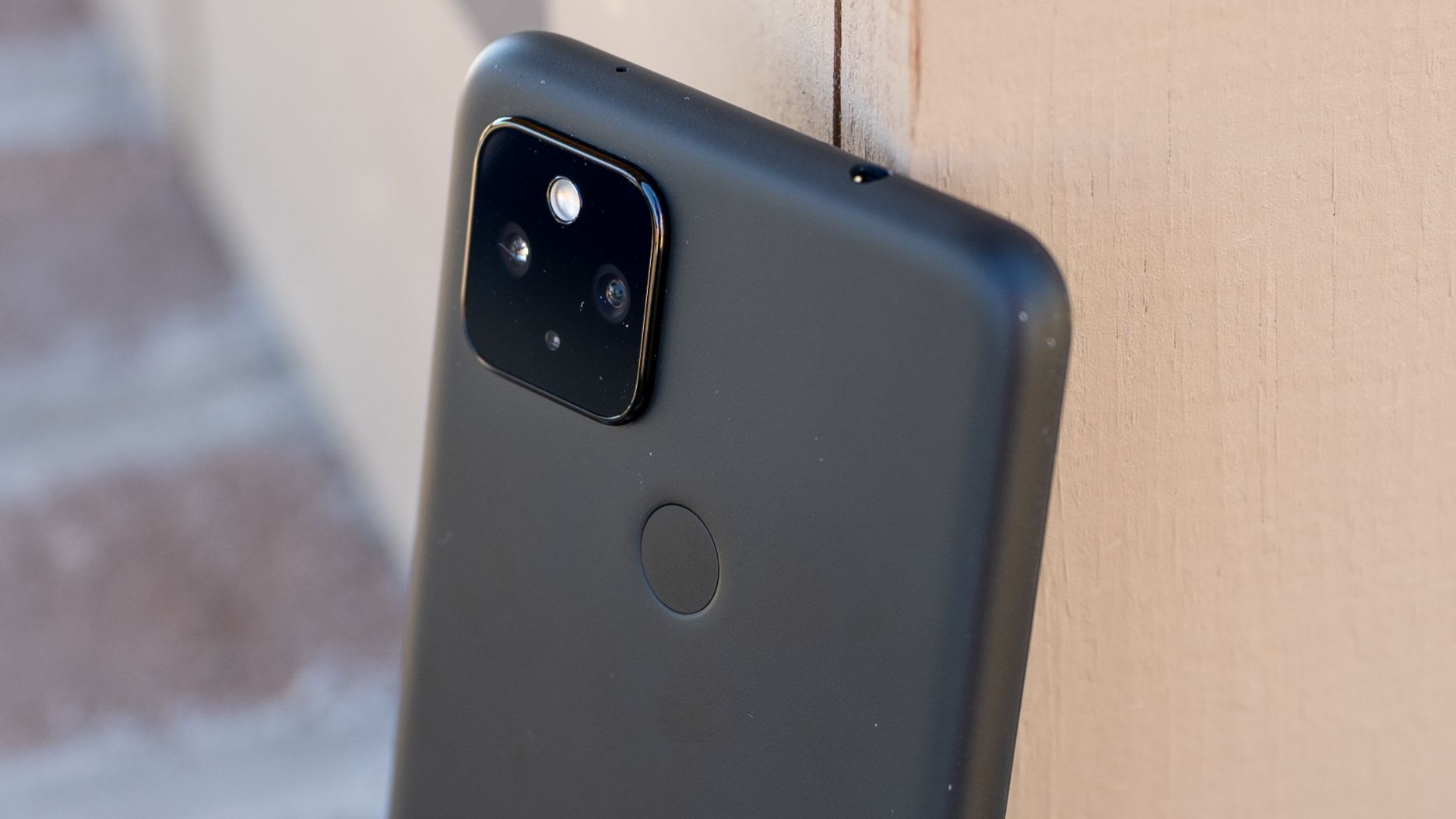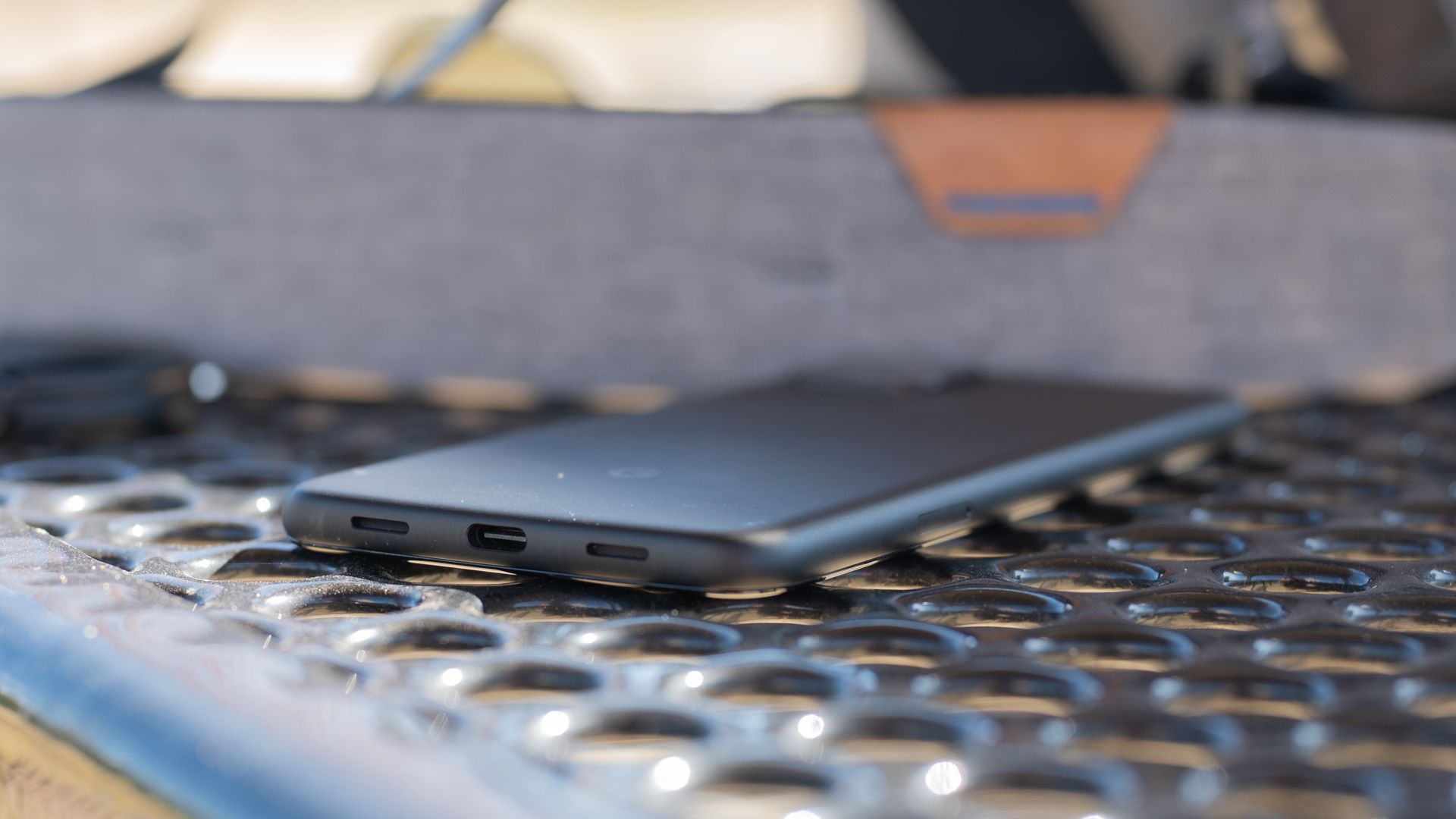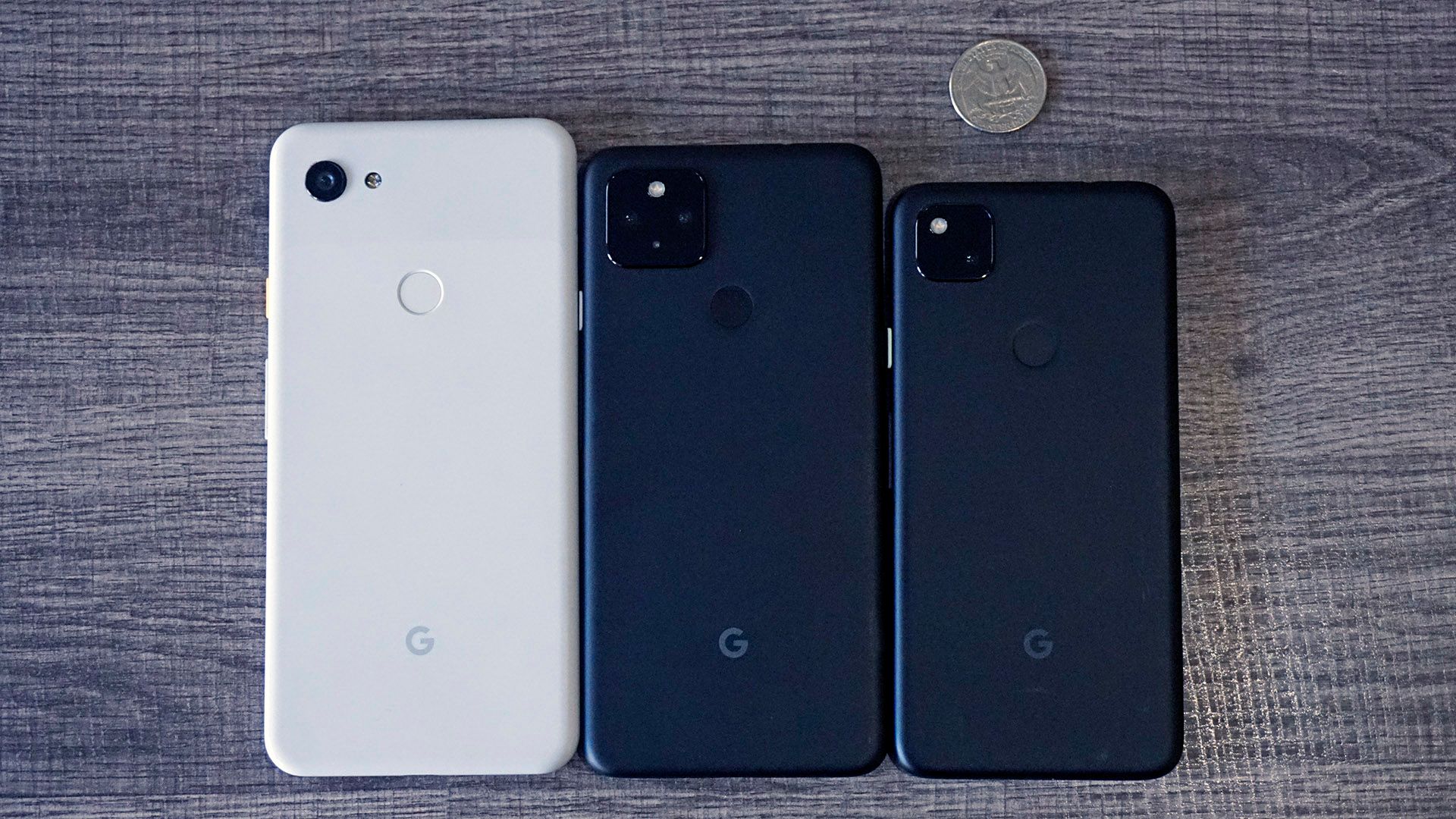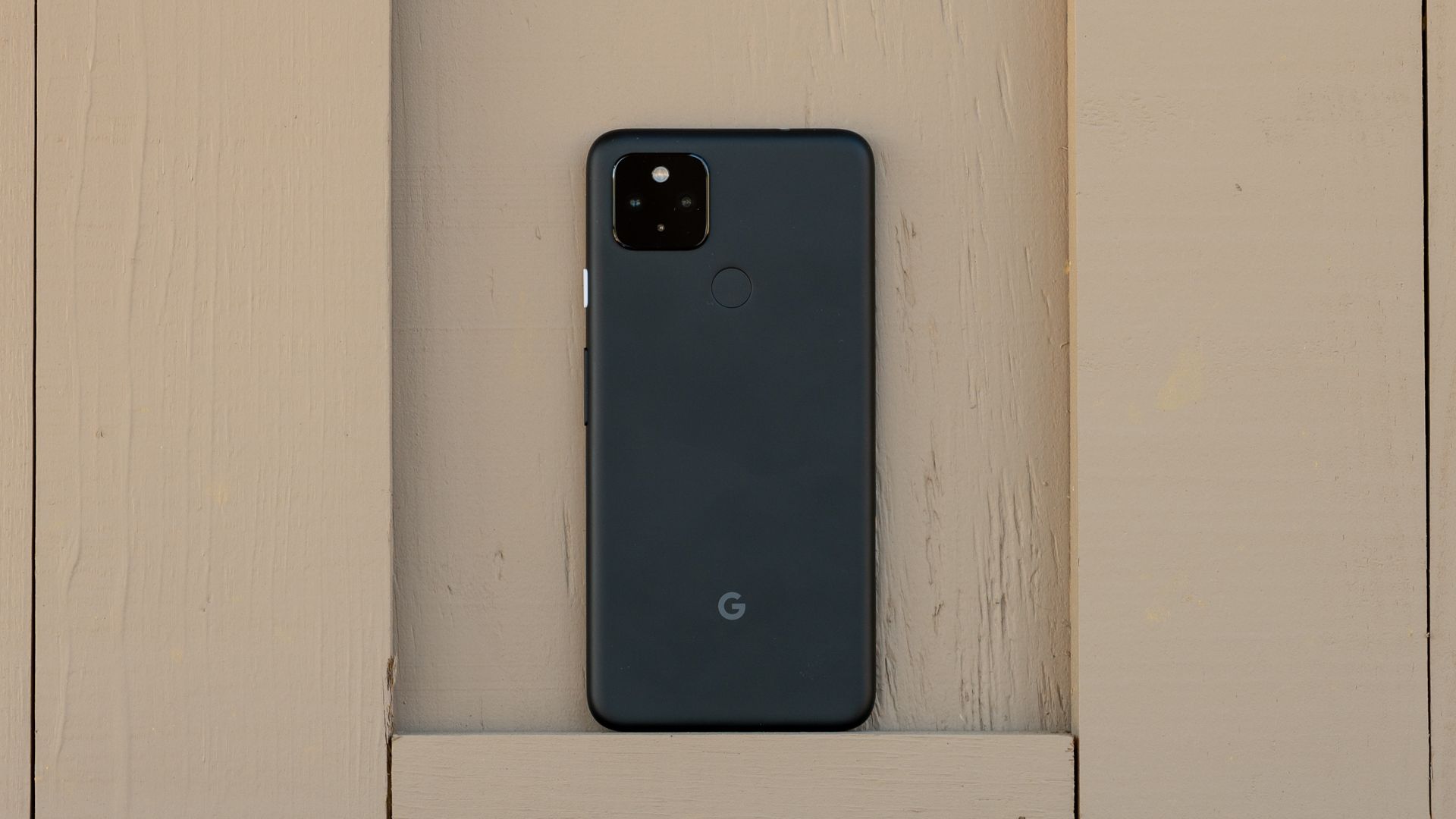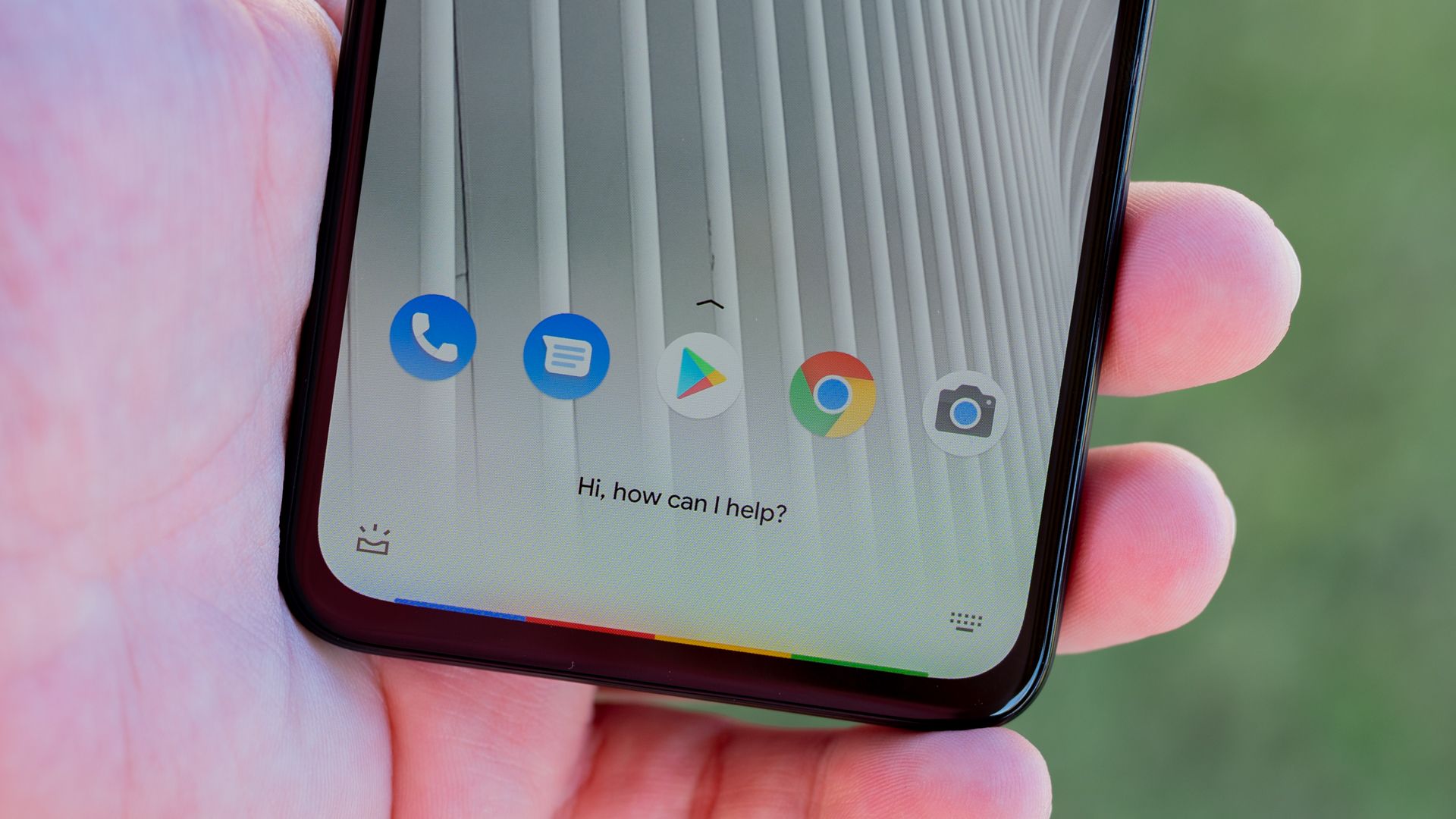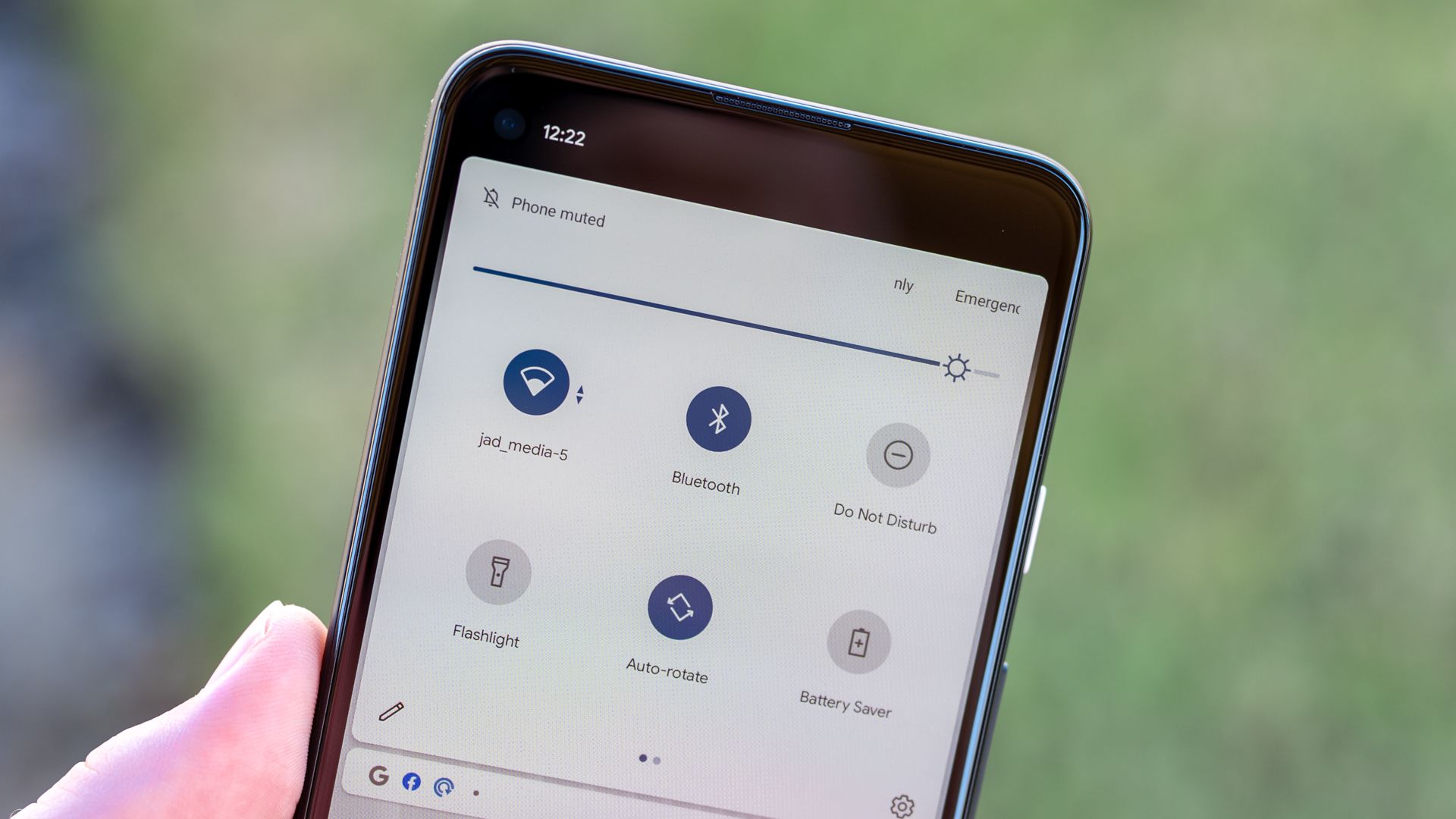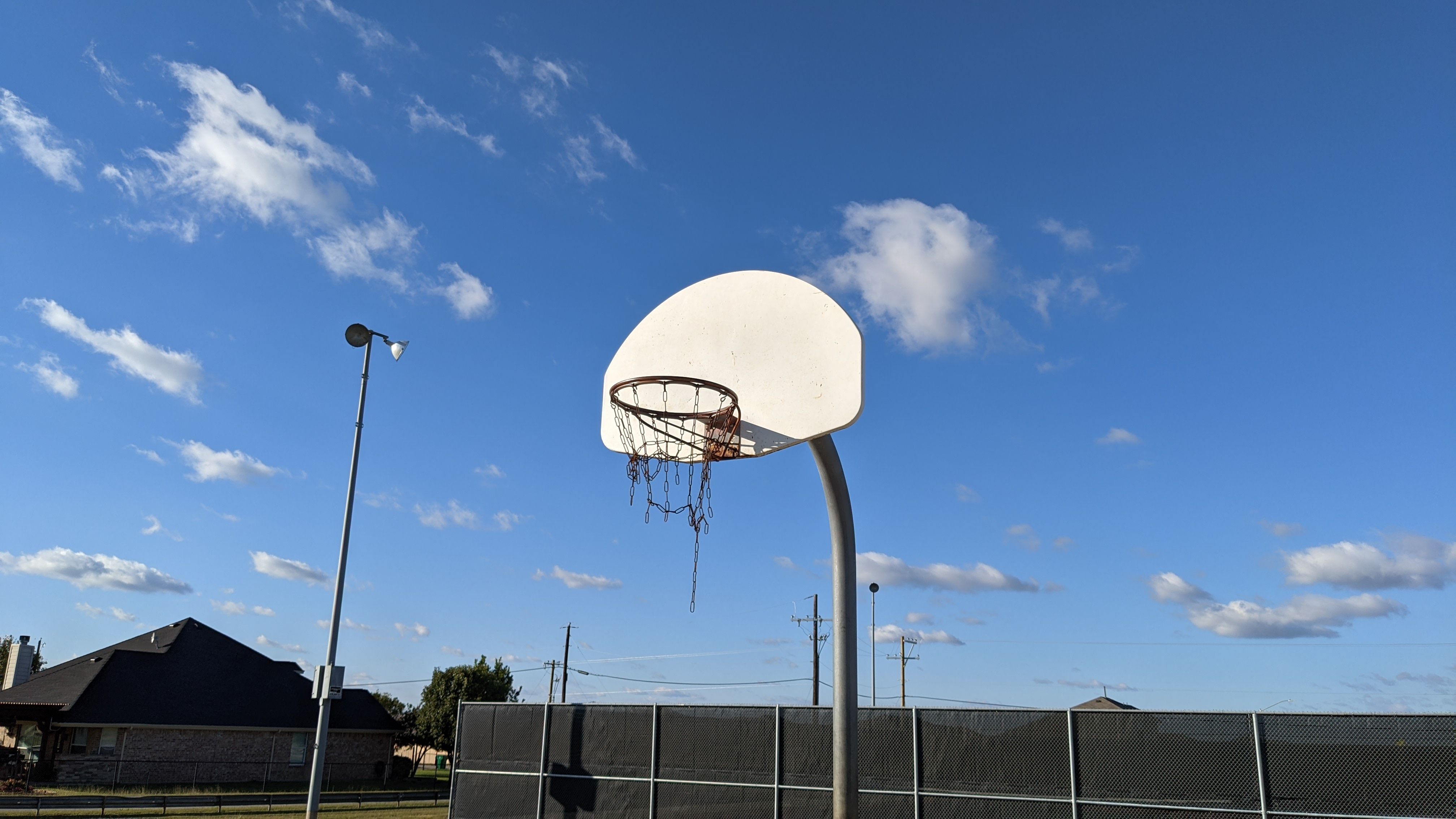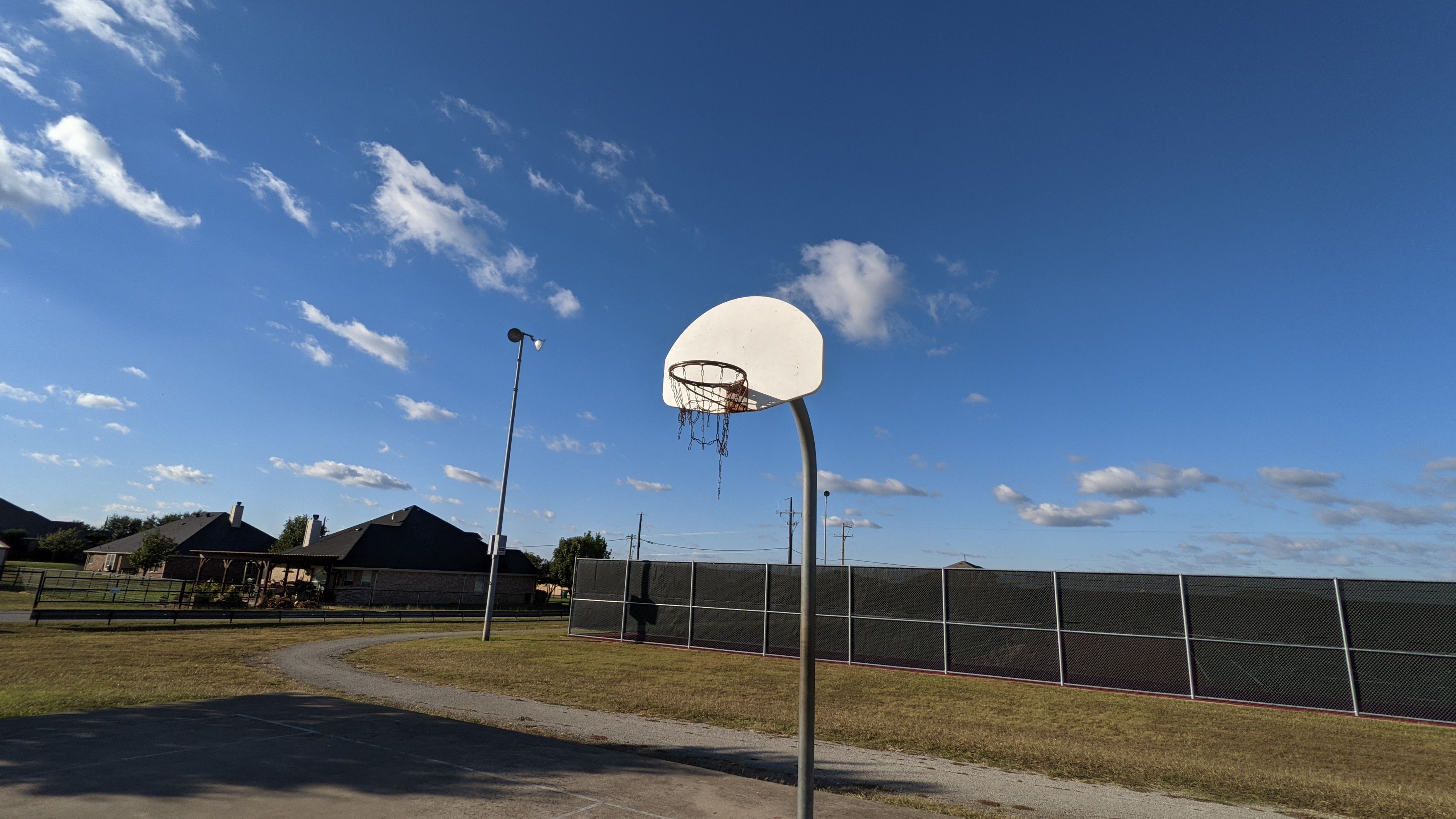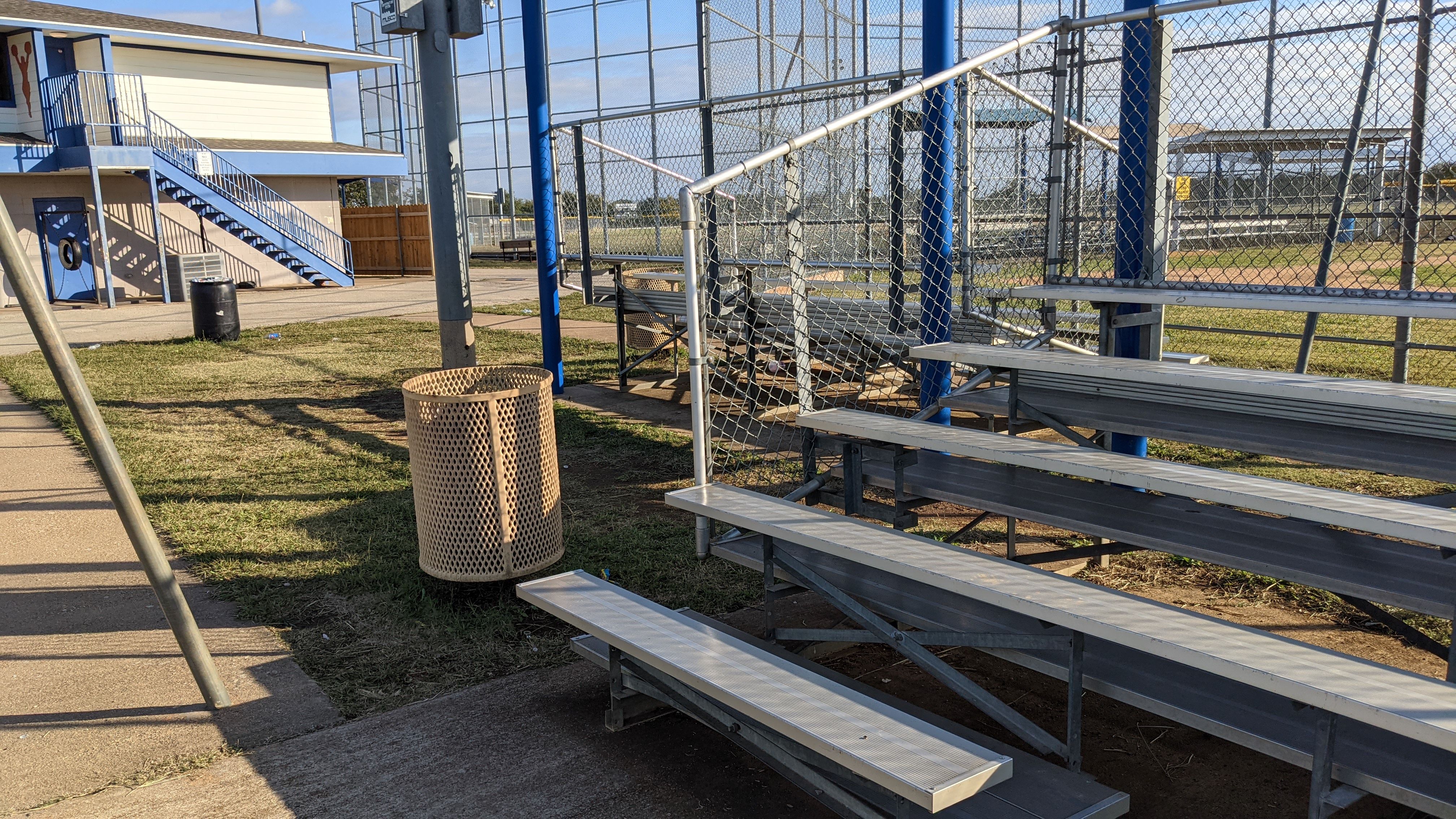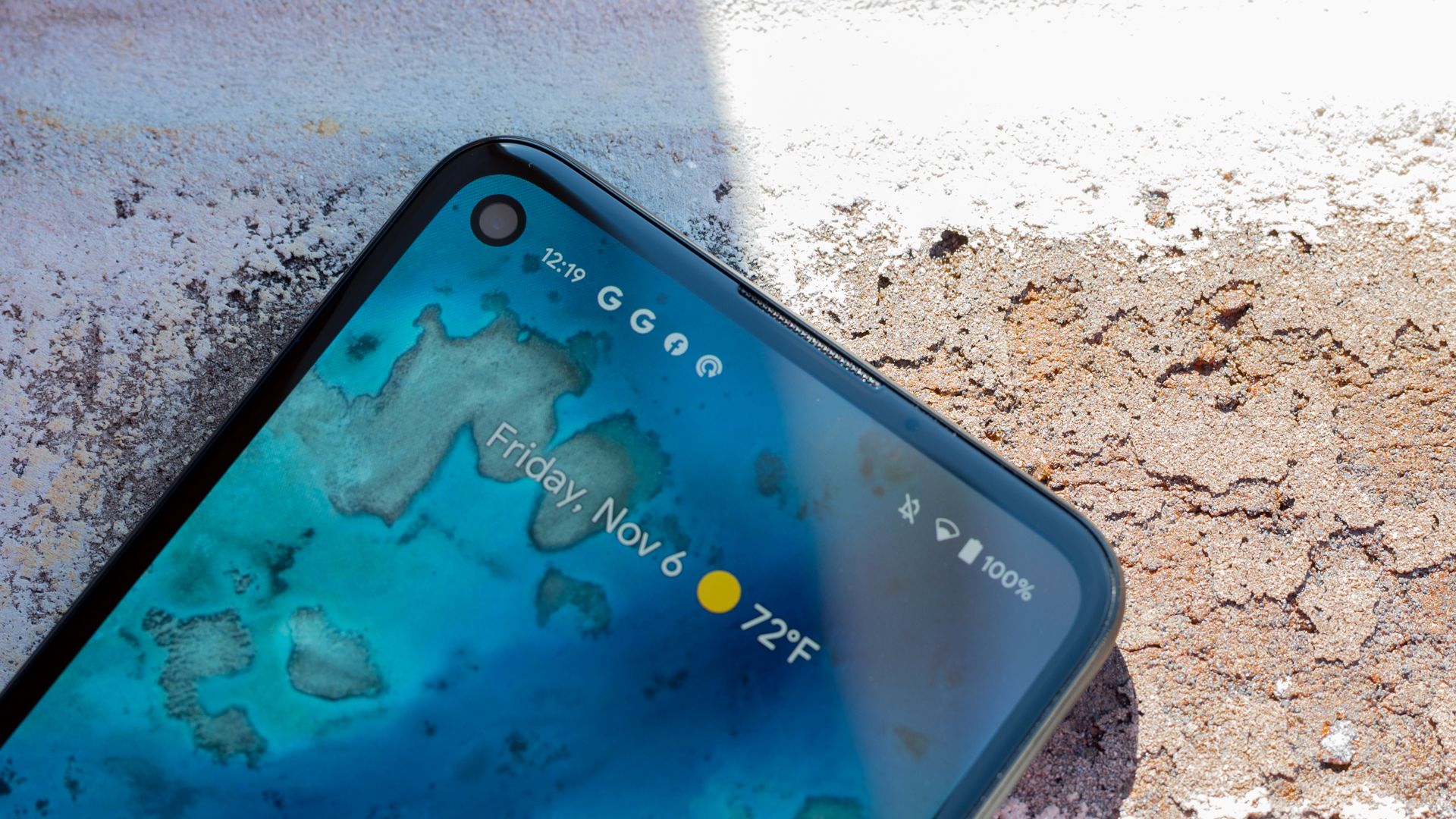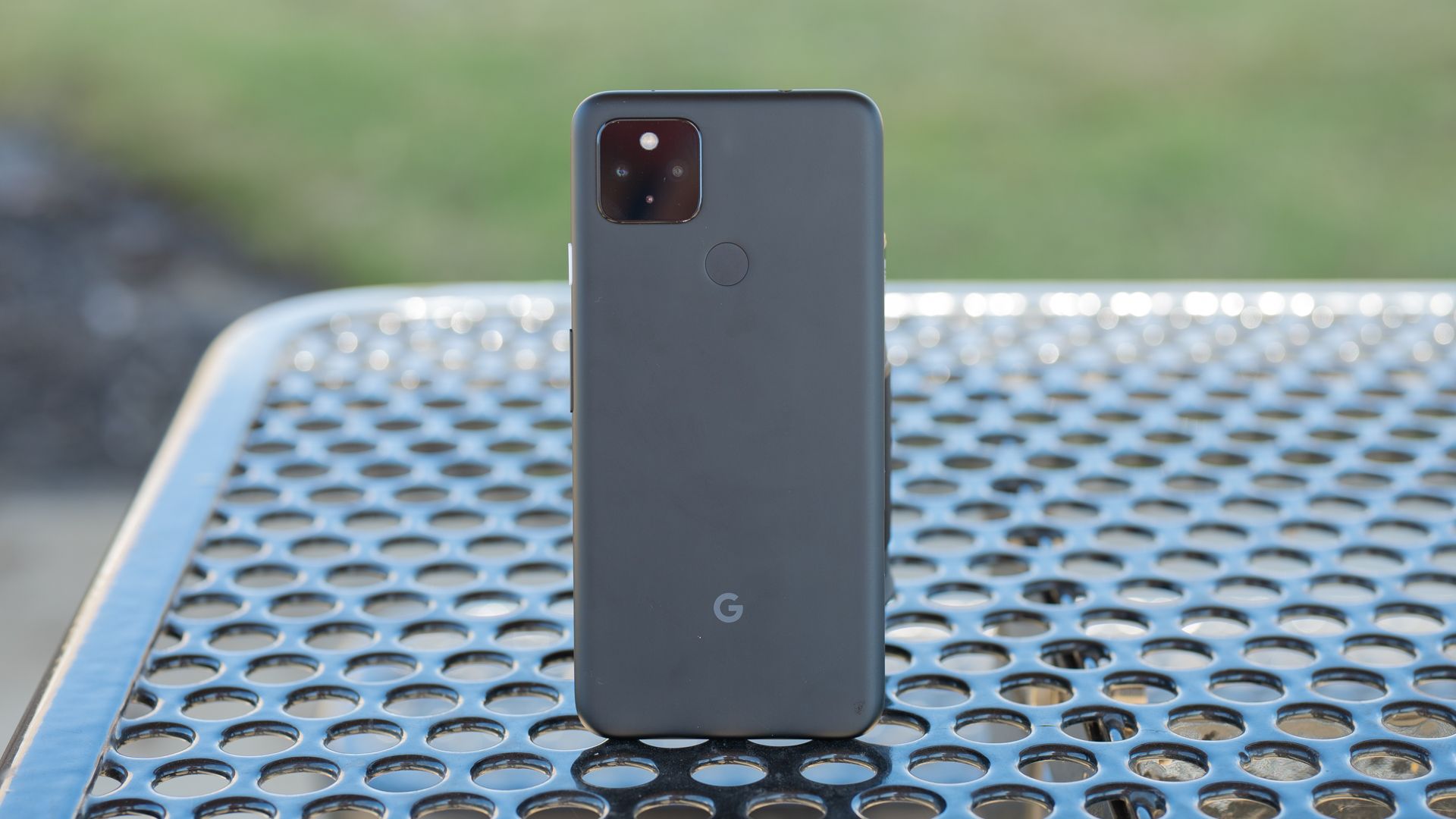Three months ago I reviewed the Pixel 4a, and gave it a perfect score. I think it's ideal for a budget Android phone today. The Pixel 4a 5G is that, just bigger and with 5G. Does that make it perfect, too? Not quite. This is still a fantastic phone, I just wish Google had made some different choices.
For $150 above the 4a, the 4a 5G offers a larger and more mainstream screen size, an extra wide-angle camera sensor (also seen on the Pixel 5), and that much-ballyhooed 5G connection (ditto). There are a couple of smaller changes, but that's the big crux of the differences here. And don't get me wrong, those changes are enough to justify the 4a 5G's price tag: This is as good a $500 phone as you're going to find right now, and possibly for a long time.
But I question the wisdom of prioritizing that 5G connection when most people (or at least, most people that I've talked to) don't seem to want or need it. Had Google swapped out 5G and a second rear camera for the Pixel 5's other differences, water resistance and wireless charging, I wouldn't have been stingy with that last point.
That said, the Pixel 4a 5G is a great phone. If you want a big-screen version of the 4a, or if you really can make use of that 5G radio, it's worth every penny of the upgrade.
Hardware
The hardware of the Pixel 4a 5G is almost identical to that of the 4a, with some small but crucial differences. Here's the full breakdown, if you need it, and in this case, I'm listing the different values from the 4a in bold.
- Processor: Qualcomm Snapdragon 765G
- RAM: 6GB
- Storage: 128 GB (no microSD)
- Display: 6.2-inch 2340×1080 AMOLED, hole-punch front camera
- Cameras: 12.2 MP main camera, 12.2 MP wide-angle camera, 8MP front-facing camera
- Ports and charging: USB-C
- Headphone Jack: Yes
- Battery: 3885mAh
- Fingerprint Sensor: Rear
- Connectivity: Wi-Fi a/b/g/b/ac, 2.4GHz/5GHz; MIMO; Bluetooth 5.1; NFC; AT&T, Verizon, Sprint, T-Mobile support
- 5G bands: n1, 2, 5, 12, 25, 28, 41, 66, 71, 78*
- Water resistance: None
- Colors: Black
- Dimensions: 153.9mm x 74mm x 8.2 mm, 168 grams
- Price: $500
*Note: the unlocked version of the Pixel 4a 5G works on Verizon, but only the version sold by Verizon has access to its ultra-wideband mmWave service (which is built into the unlocked Pixel 5). Verizon's custom version of the Pixel 4a 5G is 0.2mm thicker, three grams heavier, and $100 more expensive. We're reviewing the standard unlocked model.
In terms of everyday usability, the screen size is the big ticket here. All of Google's 2020 phones have an excellent and efficient body design, really maximizing both the screen space and the user's access to it. But as a completely subjective opinion, I think the 4a 5G has just about the perfect-sized screen, at least for my extremely average male hands. If you're considering an upgrade from the Pixel 3a XL or similar, this will do just fine for you.
Other differences in the hardware were negligible, aside from the obvious 5G connection and extra camera. While the 4a 5G's Snapdragon 765G processor is technically a hair faster than the Snapdragon 730G in the 4a, I couldn't spot a difference in performance, especially since the screen uses the same 60Hz refresh rate.
The battery's larger---naturally, since there's more space in the body---but the screen and 5G radio seem to balance that out, giving it the same excellent battery life. I got 1.5-2 days on my own use, heavy on Wi-Fi and screen time. I like that the dual speakers (one doubles as the earpiece) are good and loud, if not exactly concert-quality. It's handy for watching videos while cooking.
The one sour note on the Pixel 4a, a screen that sometimes didn't adjust its brightness correctly, does not seem to have carried over here. That, or Google corrected the issue with a firmware update even before I got my hands on the device. I also want to highlight that the screen now uses Gorilla Glass 3. It's not the newest or toughest, but a notable improvement over the cheaper Dragontail tempered glass on the 3a series, which could see some scratches from normal use.
The hardware design for the 2020 Pixels is, more than anything, a repudiation of Google's own choices in previous generations. I suspect that the Pixel 3a sold much more in volume than any of the Pixels before it, and Google has taken the public's "less is more" approach to heart. Like both the less and more expensive phones in this year's offering, it swaps face unlock for a more conventional rear-mounted fingerprint reader, drops Soli "radar scanning" and the "squeeze" button inherited from some ancient HTC DNA to activate Google Assistant, and gives users a black plastic body with no frills.
If you're coming from any of the previous Pixel phones, you'll find the hardware familiar, though it's obviously missing the speed and smoothness of last year's Pixel 4. But I think the extra screen-to-body ratio, with just one front-facing camera and no extraneous sensors, makes up for it. The Pixel 4a 5G won't turn heads, even with the standard Pixel splash of color on the power button (light blue here, versus orange on the 4a). I'd have liked an option for something a little more expressive, like the "Sorta Sage" color for the Pixel 5.
But even without turning heads, the hardware on the 4a 5G is remarkable for... well, for not being that remarkable. The physical aspects of the phone just kind of disappear when you're using it, letting you focus on whatever you're doing. It's the phone equivalent of a comfy pair of jeans. And a lot of that is down to Google's focus on the software.
Software
It's Android. Whadya want, that's basically the entire point of the Pixel line!
Okay, I suppose I'll do my job. The software has always been the highlight for the Pixel line, and it remains so here. You'll find none of the extraneous googaws that Samsung aggressively packs into even its cheapest devices, none of the reskinned or replaced apps or questionably necessary interface tweaks that almost every Android phone maker seems to insist upon.
I think there's a case to be made that OnePlus's software is superior to Google's, if only because it incorporates some of the most popular tweaks that users make themselves. But that comes at the expense of Google's fast, straight-from-the-source software and security updates. A fair trade, especially when the Pixels remain the most mod-friendly and adjustable phones around.
The Pixel 4a 5G's extra two gigabytes of RAM versus the Pixel 3a series is a quiet but very noticeable upgrade, giving just enough breathing room for Android to shine. And crucially, it doesn't feel stifled compared to the Pixel 5, which gets an extra two gigs on top of that. It's a good indication that you won't miss anything vital in the software experience by going with a cheaper Pixel.
The phone remains fast and smooth, if not blazing like those with a Snapdragon 800 series. But unless you're constantly trying to re-render Pixar films on your phone's processor, you won't miss it from day to day. I never had to sit there and wait for a second or two, as I did with the Pixel 3a ... or indeed, sometimes with the Galaxy S20 Fan Edition.
The Pixel 4a has the best Android software of any budget phone. The Pixel 4a 5G does, too, with $150 worth of hardware on top of it. There ya go.
Camera
The dual-sensor camera module on the Pixel 4a 5G is the same one as in the Pixel 4, but it swaps out a zoom lens for a wide angle one. This has proven a divisive choice among Pixel fans, but having never tried the secondary sensor on the Pixel 4, I can't judge the difference. As someone who reaches for a mirrorless camera and its interchangeable lenses whenever I'm doing "real" photography, and who has been unimpressed with phone zoom lenses thus far, I can't say I'm upset.
Above: Standard versus wide-angle sensor.
You've heard this before: the Pixel's camera tech is among the best in the business , as good as or better than Apple and Samsung. Colors are bright and accurate in almost any light, and the low-light performance of the cameras (bolstered by a lot of complicated processing tech) is downright amazing. Google's signature feature, and its photographic crown, remain intact.
All of the 2020 Pixels suffer a pretty dramatic drop in time to process images versus last year's flagships, which makes sense. I didn't find it an impediment to shooting, and it's less of an issue on the more budget 4a and 4a 5G, but it's something to be aware of if you're coming from the Pixel 4 or 4 XL in 2019.
The sensors themselves are still just 12 megapixels, which seems a bit low when even budget phones are boasting of 30 or more. But the results speak for themselves. If you really need a photo with enough resolution to cover a billboard, then you need a full-sized camera to match it.
The front-facing camera is, again, the same as the other Pixels have seen for years. It's quite good, though you might miss the wide-angle prowess of some phones with multiple selfie sensors if you take them on a regular basis. But that's not an entirely fair comparison, since you won't see multiple front-facing sensors on any other phones in this price range.
Value
Using the Pixel 4a 5G day to day brought me back to the last time I really loved a phone, the Nexus 6. Only it's better---not just because of six generations of silicon advancements, but because Google now knows more about how to make a phone feel right to use. Like the 4a and the 5, the 4a 5G has an incredible economy of features, design, and price.
And as I said before, there's not a thing wrong with the phone ... just one thing I'd change. And it's the thing that's so central they put it right in the name: the 5G radio. On Google Fi (which piggy-backs on the T-Mobile network), I got the same 5G performance around my neighborhood as I've seen on the Pixel 5 and the Galaxy S20 FE. 70-100 megabits down, and about the same up. It's very good ... but not something I've ever really felt the need for on my phone.
Which is not what I would say for some of the other features you get by upgrading to the Pixel 5. The $700 phone gets everything the 4a 5G does, with a slightly smaller, 90hz screen, water resistance, and wireless charging. It's the last two that caused me to buy a Pixel 5 and to switch to it as my "daily driver" phone. They were highlights of the Nexus 6, too, and I haven't bought a phone without them since.
Almost Perfect
If I could have the Pixel 4a 5G, minus the 5G, and plus water resistance and (less important) wireless charging, I'd have been happy to fork over the $500 asking price. In this hypothetical purchase, I don't think I ever would have envied the more expensive phone its super-speedy mobile coverage.
I suspect that the focus on 5G, to the exclusion of other features, is more of a concession to carriers than it is a response to actual consumer demand. Consider that the iPhone SE has both of those extra features I'm looking for, despite being $100 cheaper ... and lacking 5G.
That, and that alone, is the only bad thing about the 4a 5G. It falls shy of perfection not because of anything it does wrong, but for the things it could have done better in its budget scope. It's still a wonderful phone, and easily the one I'd recommend if you want one in this price range.
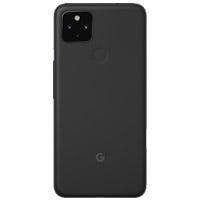
Google Pixel 4a 5G
- Perfect screen size
- Fantastic Android software
- Great battery life
- Unbeatable cameras
- 5G is questionably useful
- No water resistance
- No wireless charging

